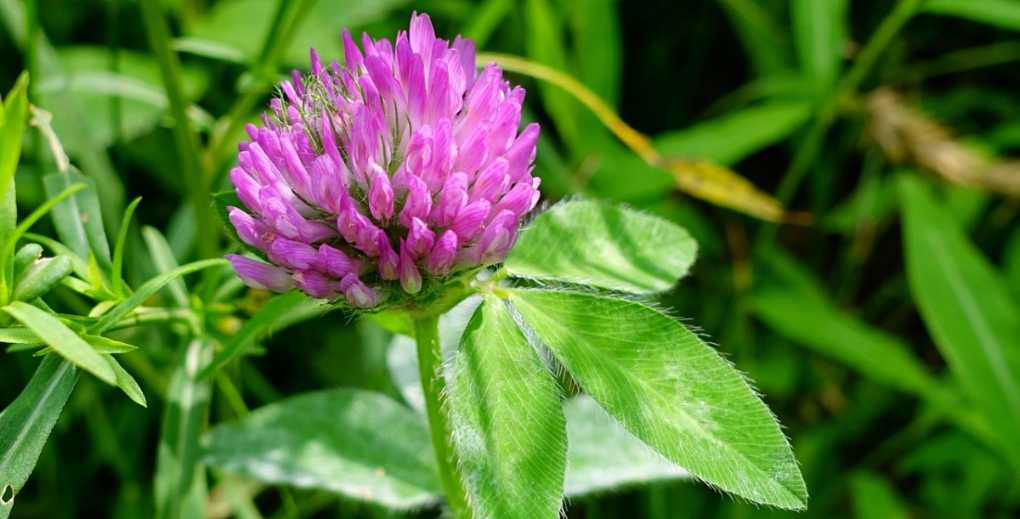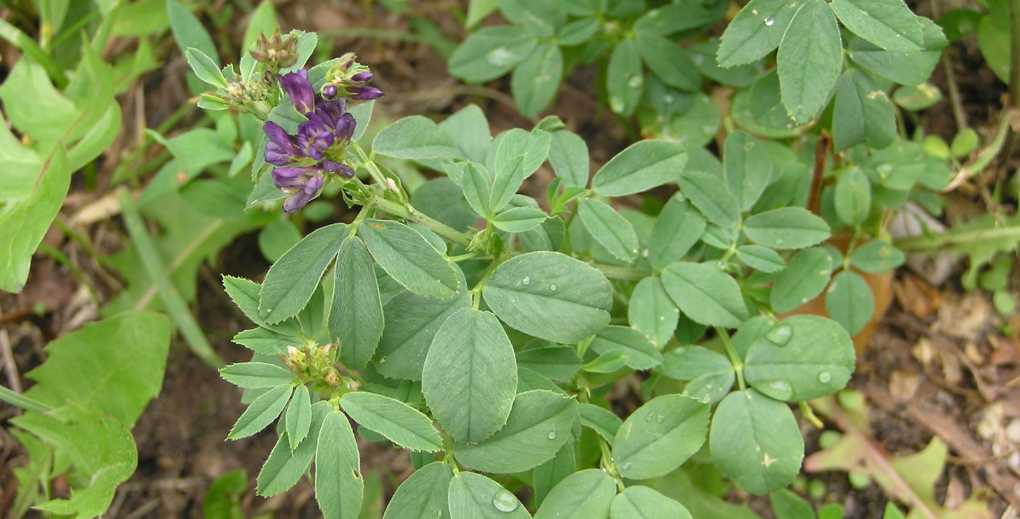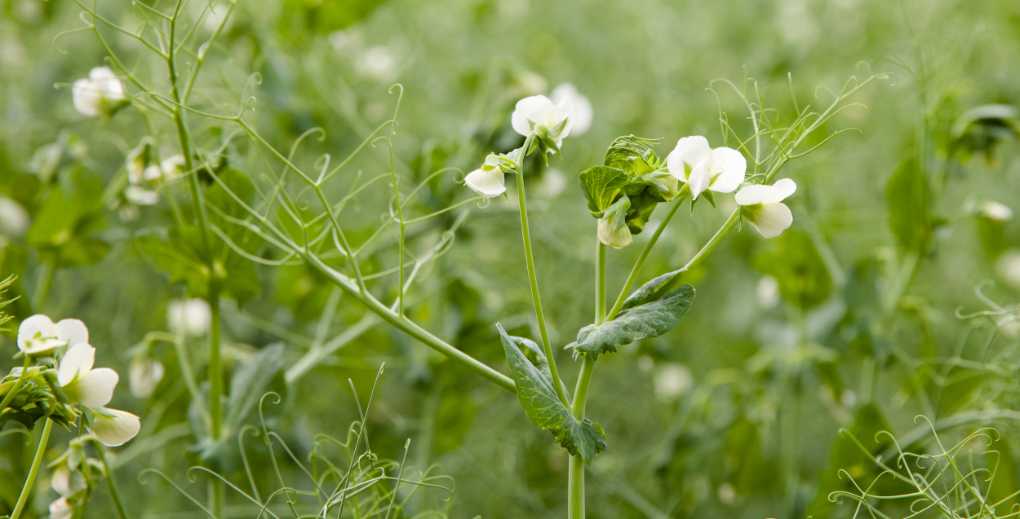Fall Cover Crops For Vegetable Gardens are the best organic choice of rebuilding soil conditions to an ideal state to successfully grow next year’s vegetable garden. Cover crops offer a wide variety of advantages for the garden. They are mostly annual plants that are grown to add organic matter and nutrients to the soil and to protect it from wind and water erosion in the fall, winter and spring. Most cover crops grow throughout the winter and then accelerate their growth in the spring. Then gardeners till the crop into the soil as a “green manure” before the crop goes to seed or they simply tarp up the patch and let it cook by the sun. In three or four weeks, the cover crop has composted and begun releasing its nutrients into the soil.
What Plants To Use For Cover Crops – The most common cover crop plants are legumes such as alfalfa, peas, beans and clovers. These are a favourite because they have the ability to draw nitrogen from the air. When they are tilled into the soil, the nitrogen is released and is available for the next vegetable crop planted there. Grasses are another common and popular choice for garden cover crops. These add organic matter to the soil and are easily removed or tilled in as their roots grow relatively shallow. Seed mixtures are also available with both grasses and legumes.

When to Sow & Terminate Cover Crops – In the fall, immediately after all vegetables have been harvested and weeds and plant debris has been removed, cover crop seeds should be sown allowing at least four weeks of growth before cold weather. Cover crops should then be watered as needed. In the spring, cover crops must be turned under at least three weeks before planting new vegetables to allow organic matter to decompose. Flowering cover crops should not be allowed to go to seed and should be terminated when about one-third of the plants are in flower. This is the point where plants provide the greatest amount of biomass and nutrients to the soil.
Red Clover (Trifolium pratense) – Hardy to zone 5 Winter-hardy, short-lived and a superb nitrogen fixer – this is considered one of the best green manures. Sow it in early spring through September. Attractive with its traditional cloverleaf and honey-scented flowers, it reaches a mature height of only 30 cm (12 in.), with a taproot three times as long. A food source for bees and shelter for beneficial ground beetles. This clover is a useful cover crop in summer or winter.

Fava Bean (Vicia faba) – Hardy to zone 7 or 8, this is an excellent nitrogen fixer with an extraordinarily long taproot useful for breaking up clay or compacted soils. When tilled in, the leaves decompose rapidly; However, the fibrous stem will loosen heavy soils. It may also be cut and composted, leaving the nitrogen-fixing roots in the soil. Plant in early fall or early spring, as it thrives in cooler temperatures. Pull the plants or till them in before they form pods.
Fall Rye (Secale cereale) – Hardy to zone 3. This cover crop suppresses weeds and prevents erosion and soil compaction. It grows well from fall through spring. It is quite fibrous and should be tilled in three weeks before planting. It is an excellent soil amender and supplier of nutrients, particularly phosphorus.

Alfalfa (Medicago sativa) – Hardy to zone 5, Alfalfa fixes nitrogen and is an excellent weed suppressor. Its roots can go down 1.2 m (4 ft.) to reach nutrients deep in the earth and break up the subsoil. It can be grown year-round. Alfalfa will die back in severely cold winters but should resprout in spring. It should be double-tilled to prevent resprouting. Alfalfa does not like water-logged or acidic soil.
Read Also About: Grow Your Own Garlic This Fall
Hairy Vetch (Vicia villosa) – Hardy to zone 4. This is an excellent weed suppressor and supplier of nitrogen. Winter-hardy and tolerant of poor soil conditions, this can grow where no other cover crop can survive. Sow in fall or spring and till or dig in at the first sight of blooms.

Austrian Winter Pea (Pisum arvense) – Hardy to zone 6. This pea is an excellent nitrogen fixer and can be companion-planted with fall rye. Sow in fall or early spring. The wiry stems can be tilled in, as they compost quickly. The crop provides a home for many beneficial insects. Till, cut or compost, when flowers appear.